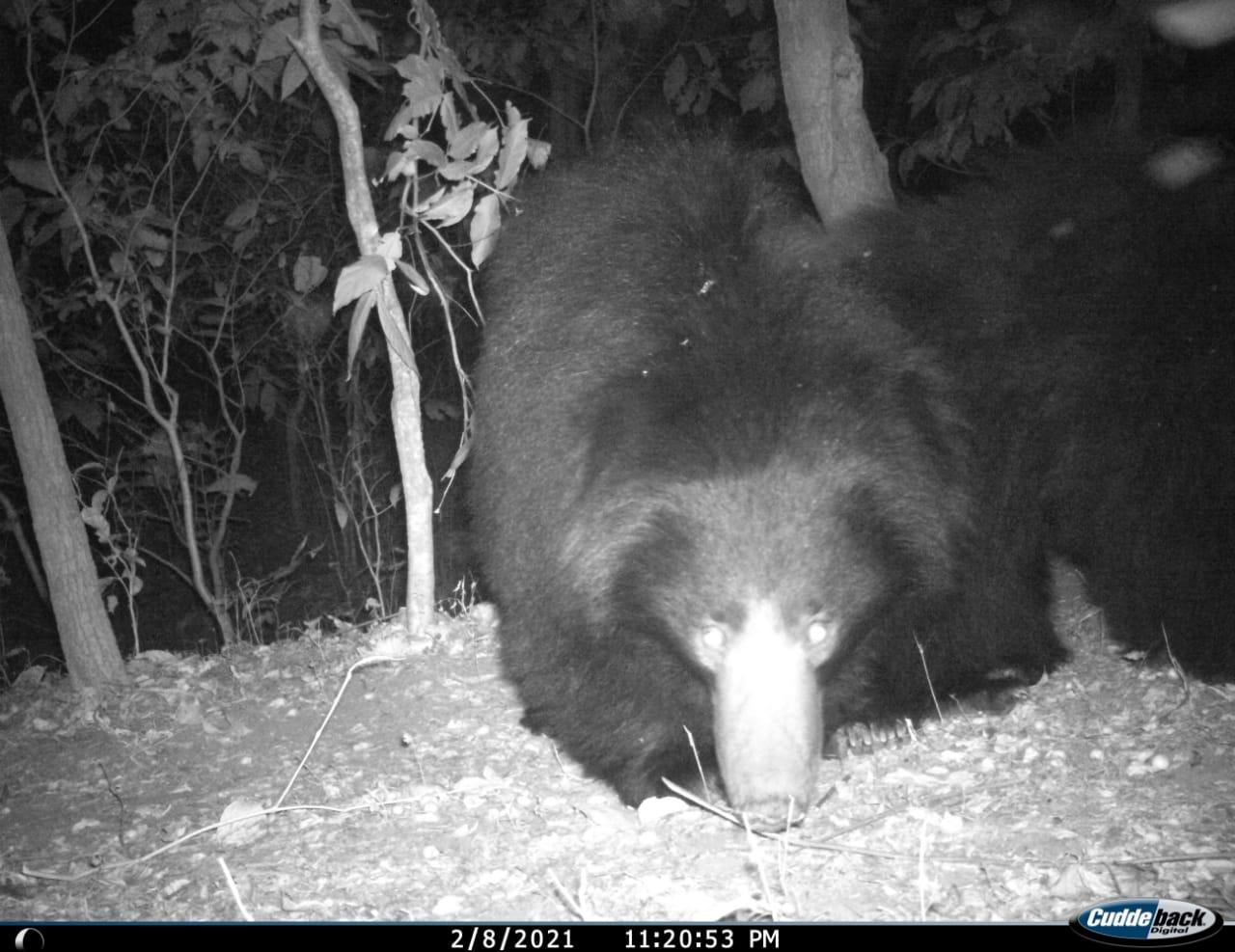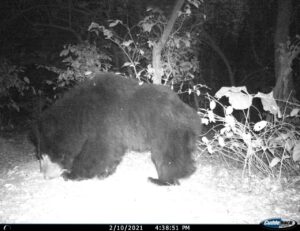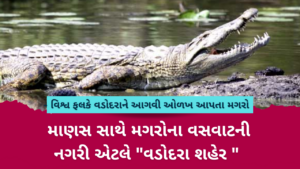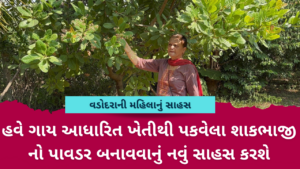March 3 is World Wildlife Day and the Department of Wildlife, Vadodara has organized events this week in the Ratan Mahal and Jambughoda sanctuaries to avoid conflicts between humans and wild animals.
Referring to the recent tragic death of a four-horned antelope in a collision with a vehicle near Narukot, B.R. Vaghela Deputy Conservator of Forest said that especially on roads that pass through a forest or protected forest area, it is advised to drive with caution and at low speeds during the evening and night time.
Large wild animals – Pangolins and Bears are the main wild animals in the forests under the Vadodara Wildlife Department. In addition, there are wild animals such as Palm Fronds, Black Foxes, Wild Cats, and Squirrels. Wild roosters can be seen in the upper part of Udhal Mahuda in Ratan Mahal.
There are about 45 bears in Ratan Mahal and 8 in Jambughoda. The population of Leopard is universal in both forests. In 6 months, 29 leopards have been sent to Shakkarbagh Shelter in Junagadh from Halol Rescue Center.
Bear is a shy animal and prefers to live in inland forests so the chances of conflict with humans are less.
When the leopard appears to be homeless, it hides there. It also hunts dogs and poultry and is tempted to enter populated areas. The food habit includes Cats and Roose cubs. Where the forest is dense the conflict is less and where it is not the chances of conflicts are increased.
With little human interference, harmonious co-existence will be possible between the animals and the humans.











